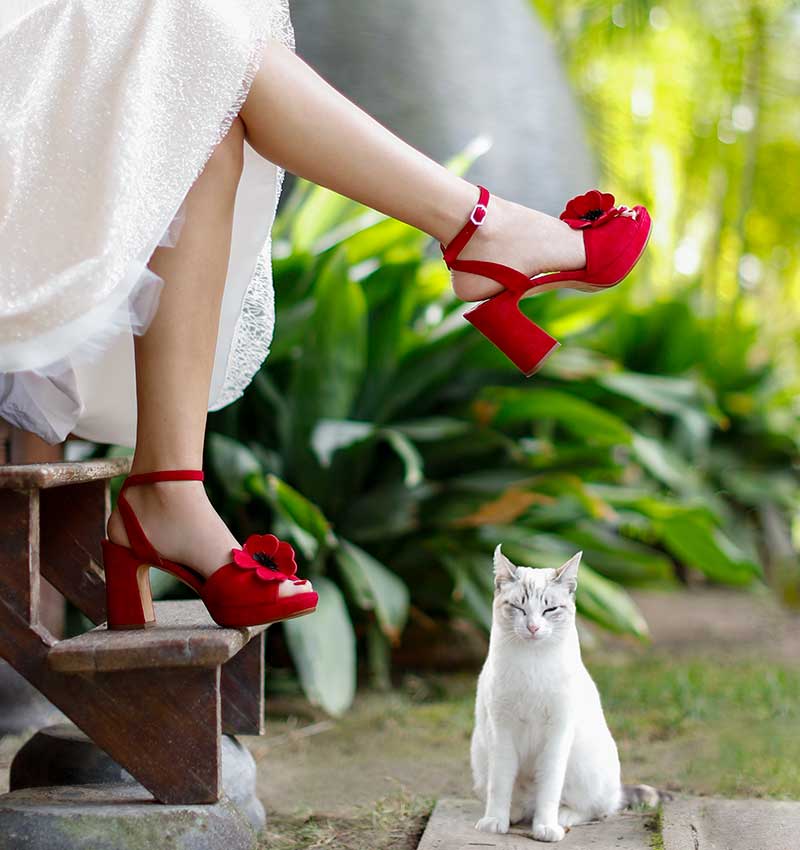There is no need to always wear the same black shoes. The only way to learn how to dream is by playing. Chie Mihara does not believe in aesthetic limitations or cultural barriers. She was born in 1968 to Japanese parents in southern Brazil’s bohemian and coloristic Porto Alegre. At the age of 18, she packed her bags and traveled to Fukuoka, Japan, where she studied fashion at the design school. Upon graduating, she moved to Tokyo and joined Junko Koshino’s workshop. This vanguard designer, whom Chie continues to refer to as sensei, understood that creativity is an exercise in personal identity that does not require exploring far-off worlds. For the next two years, Chie worked as her assistant and pattern designer.
By this point, Chie’s relationship with fashion had already become a story of joy and disenchantment, passion and weariness. She decided to leave it all behind and relocate to New York to try her hand at sculptures. This did not last long. Five months later, fashion once again came knocking in the form of a shoe, an accessory in which she found the perfect balance between style and art. She enrolled in New York’s prestigious Fashion Institute of Technology, where she specialized in accessories. Her next step—logical yet unusual—was to work in an orthopedic shoe store, where she learned how to pamper and respect feet, which are oftentimes a tortured afterthought.
Following a two-year stint in the Sam & Libby shoe design department, she set her sights on Europe and began working with Charles Jourdan, the renowned French luxury shoe brand. In 1994, she took the leap to Elda (Alicante, Spain) by the hand of this company, for whom she continued to work over the next two years. Three children and three and a half years later, in December 2001 she decided to take the big step of creating her own brand alongside her husband and with the manufacturer’s support: Chie Mihara. The company is now solely run by the couple, with her husband as CEO and Chie as the creative director. 21 years and 41 collections later, the thousands of pumps, booties and sandals are proof that there is life beyond the basics.
